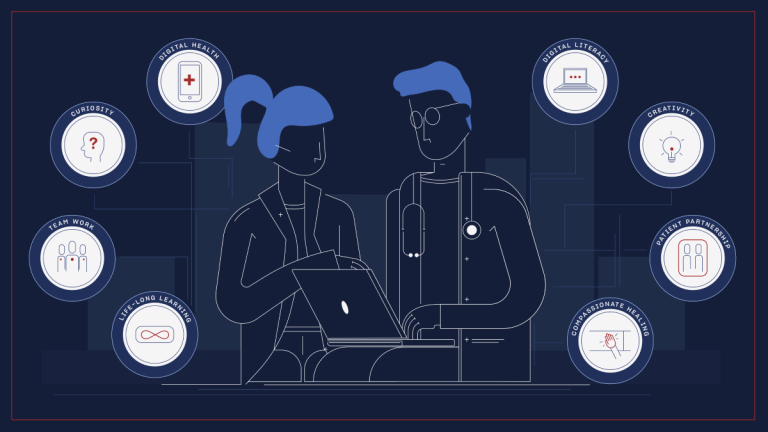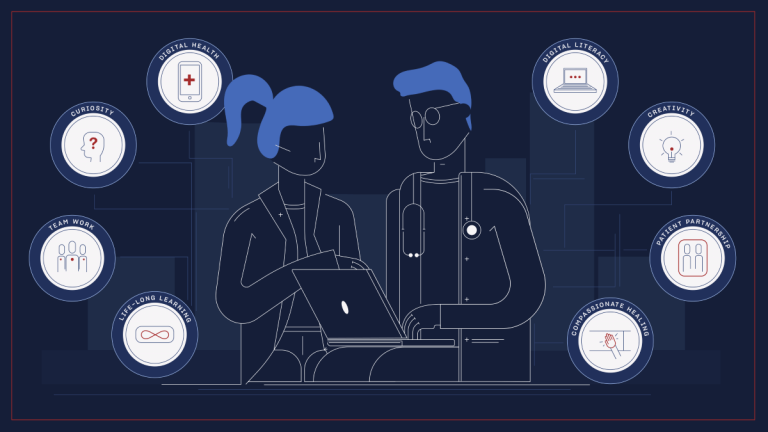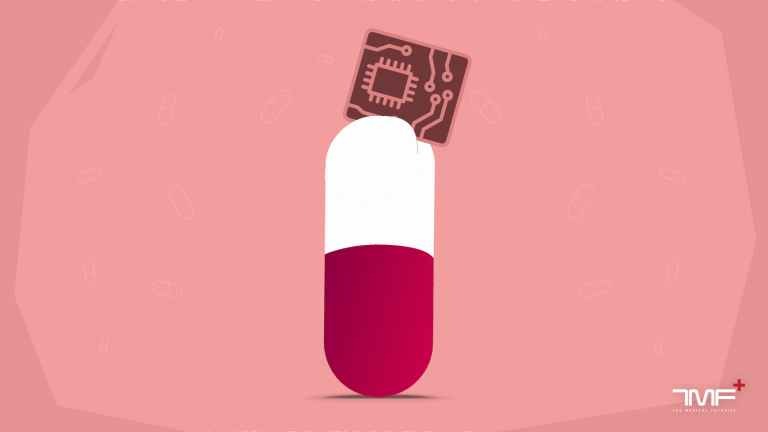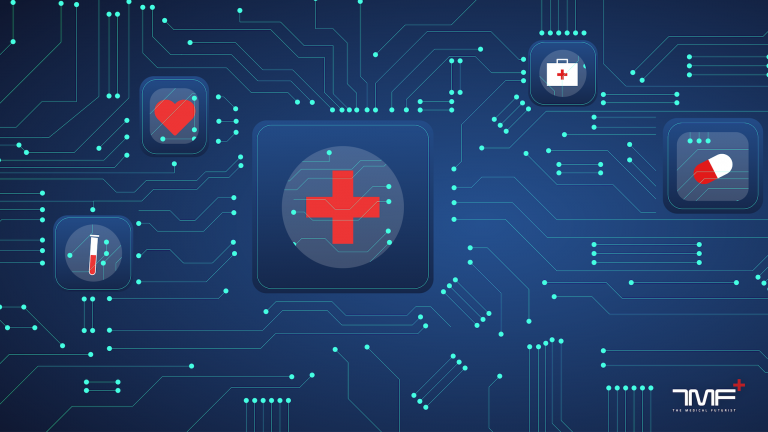hidden
Over 10 years experience of Traceability Solutions

By Pharmatrax Author
Category: Technoloy
 No Comments
No Comments
The 10 Trends Shaping the Future of Pharma
The drug sends a message to a caregiver after the patient swallowed it. The doctor prescribes virtual reality treatments for migraines. Do you think it is science fiction? You are mistaken.
The pharma industry has taken a big swung into digital transformation. All participants invest in digital health topics. But as with all trending issues, and there is a lot of fuss that is hard to see through. As the medical community increasingly acknowledges the importance of digital health, the cultural shift we so often talk about is still a way to go. To change that, the first step is always getting to know what’s coming.
In this article, we collected the trends changing the pharmaceutical industry.
1. Have patients in the advisory board of pharmaceutical giants
As patients take their health and through that their own future into their hands with the help of digital health, they also should be treated as equal partners in the hospitals, pharmacies – and even pharma companies. Drug producers should have an advisory board including patients who have experience with the given company’s products.
It would be easier to develop new products if the exact needs of the customers are well-known. Only with their help would it become possible to create a healthcare system that is futuristic even decades after the first plans were drawn.

2. Digital health strategy “around the pill”
Rather than focusing on traditional drug manufacturing and marketing, pharma companies will put more emphasis on new approaches relying on technology to appeal more to providers and payers. “Around the pill” is more than the production and the sale of drugs: it is about developing a drug and attaching a digital health technology to it.
These are often patient-support programs, that are often non-clinical solutions, that can boost patient outcomes and benefit the entire health system. These initiatives create win-win situations, patients receiving more than just a pill, while pharma companies can build on the data and the feedback they receive – and the likely loyalty of patients who appreciate the extra care. If done well.
Good solutions however are not easy to make. There are only a handful of good examples, one of these is that of mySugr. The startup’s approach for diabetes management is a gamified approach, wherein they reimagined diabetes as a Tamagotchi-like monster that can be tamed. By completing challenges, earning points and receiving personalized insights, the app incentivises patients to keep their glucose level at a desirable one. The idea was so good pharma giant Roche acquired mySugr in 2017 and kept the team to continue growth. The company went on to pair the app with its existing Accu-Chek Guide glucose meter to create the mySugr Bundle.
3. Digital pills
Digital pills, medications with embedded electronic circuits can be good solutions for specific patients with specific conditions. These refer to ingestible medications with embedded electronic circuits rather than smartphone logging apps.
For example, such pills could help with medication adherence in people taking medicines regularly. The first pill approved by the FDA was Ablify Mycite in 2017 (by since-dissolved pharma startup Proteus), a drug that was aimed at helping psychiatric conditions like bipolar disorder and schizophrenia. As a patient swallows the pill, the acidic environment in the stomach activates the pill’s sensor, which thereafter begins to send Bluetooth signals to an external patch. It will then notify the smartphone app that the pill was taken. Such pills are game-changers for patients with severe conditions like schizophrenia and severe depression, as for them, missing a medication can have serious consequences.
As we wrote in our related article, The Present And Future Of Digital Pills, another company, etectRx gives patients more control over when monitoring starts. Their FDA-approved solution involves a removable lanyard rather than a patch, which patients can remove after taking their medicine.

4. In silico trials
In silico experiments are conducted by means of a computer simulation. Besides its time and cost-effectiveness, in silico trials completely circumvent animal testing and side effects on human and animal participants.
In silico trials can completely replicate human clinical research, according to a recent study. Research indicates that these trials are clearly efficient. However, it was not until COVID-19 that these became more widely used. The pandemic broke down the reluctance of medical professionally against such use of technology, as the need for quick and effective trials was imminent.
5. Virtual reality against painkillers
Virtual reality (VR) is becoming a reality in hospitals as we speak. As a doctor, you could assist in the OR without ever lifting a scalpel. If you are a medical student, you could study the human body more closely and prepare better for real-life surgeries. As a patient with mental health problems, you could fight your possible fear of heights, schizophrenia or paranoia more successfully.
However, one of the most successful applications of medical VR is in the field of stress release and pain reduction for patients suffering from chronic pain. Perhaps pharma companies should consider stepping into the field instead of creating new types of painkillers. Brennan Spiegel and his team at the Cedars-Sinai Medical Center are experimenting with the technology. They even found a significant drop in pain scores in the case of VR therapies. Spiegel believes the future will be VR pharmacies with specialists prescribing the appropriate VR treatment to patients.
6. Precision medicine through pharmacogenomics
As the National Institutes of Health (NIH) formulated it, precision medicine is “an emerging approach for disease treatment and prevention that takes into account individual variability in genes, environment, and lifestyle for each person.” There are various trends in precision medicine connected to pharma. On the one hand, researchers experiment with cancer drugs that directly attack cancerous cells without damaging other tissues; for example in treating cervical cancer. On the other hand, medical experts try to incorporate genetics into the process of creating targeted therapies and personalized treatments. Pharmacogenomics is one way to go about this.
Pharmacogenomics is defined as the study of variability in drug response due to the genetic code. It argues that despite general sentiments, medications do not have the same effect on people. There are already some, who expressly recommend genetic testing before any prescription of e.g. Warfarin, a type of anti-blood-clotting drug takes place.
7. 3D printing drugs
Researchers worldwide are working on possible solutions: from a group that printed a miniature kidney, through technological solutions like BioAssemblyBot we wrote about earlier, to entirely new methods that can lead to patient-specific heart tissue printing. The list is long and set in a clinical setting.
UK-based FabRx believes they will be able to commercialize printed tablets within the next 5-10 years, and 3D printing will probably become available in every major hospital in the next decade. Whether we will also print out drugs at home or at least at the pharmacy on the corner of the street? The latter is more imaginable, but maybe in 20 years, 3D printers as home-based pharmacies will also not be considered as elements of science fiction.
8. Medical decision making with artificial intelligence (AI)
A.I. will soon revolutionise healthcare – through mining medical records, designing treatment plans, speeding up medical imaging, or even drug creation for that matter. Artificial intelligence-based strategies for drug development are on the rise and so is their adoption. A.I. makes finding new drugs cheaper and more effective.
According to estimates, on average it takes about 12 years and $2.9 billion for an experimental drug to advance from concept to market. A.I. can downsize these numbers significantly.

9. Need for new FDA and drug regulations
I believe that there is a consensus in the medical community that regulations concerning drug production, moreover digital health devices or health apps are obsolete. Regulatory agencies are unprepared for the waves of digital innovation.
We could notice it with the appearance of the #wearenotwaiting Twitter movement for patients suffering from diabetes. They started to use the so-called artificial pancreas without FDA or any other approval because the patients had the impression it works and they needed it. With the rapid innovation of digital health solutions, regulators need a more rapid response in order to get ahead of possibly dangerous DIY solutions.
Another example of regulations going after innovation is the case of direct-to-consumer genetic testing companies. They appeared approximately ten years ago on the market. However, in 2014 the FDA restricted 23andme’s operations saying that the health information services were not clear or complete enough for customers. So, the genetic testing company scaled back its activity mostly to provide data about ancestry. They have linked together long-lost family members and have built family trees. In April 2017, however, the FDA re-approved 23andme’s services, which aim to tell people to which diseases they are susceptible.
10. Augmented reality to make drug descriptions more fun
AR has many exciting applications in healthcare: nurses can find veins easier with an AR vein scanner, AccuVein or describe their eye condition better to their doctor through EyeDecide. There are already great signs that AR will enter the field of pharma soon.
Look at drug descriptions, for example. Have you ever been curious about how a drug works in your body? Even if you got interested in discovering how the distant world of pills and medicaments work, I bet you lost all your enthusiasm after you read the boring and undecipherable drug description. Now, augmented reality is here to change it. With the help of AR, patients can see how the drug works in 3D in front of their eyes instead of just reading long descriptions on the bottle.
Source: https://medicalfuturist.com/top-10-trends-shaping-future-pharma/#



